I have a moderately high power inverter board I've made. Standard 3 phase H-bridge with bootstrapped high side gate drivers. I've built a few, all have worked fine. They've all been pushing many kilowatts for many hours. This one works.
The issue/oddity is that the bootstrap diodes are the hottest thing on the board. My thermal camera says 43 degrees. This isn't obviously a problem, it's just odd given the current for the bootstraps is barely a few mA.
The diode is an SM4007, the board was built by jlcpcb and I used C64898 because it is a 1kV basic part. Essentially free.
I actually used this in a previous inverter board and never looked at it with the camera and have used it for hundreds of hours without issue.
Now I suspect the issue is the reverse recovery time is listed as about 1us for 4007 diodes, but what does this really mean? Clearly it's not dead shorting the bootstrap capacitors for 1us otherwise the circuit simply wouldn't work. The rise time is <50ns from 0 to 80V (20s battery,) essentially instant as far as 1us recover time is concerned.
Is this a problem? Is this going to bite me in some strange unforeseen way?
Now I'm aware of it, I'll spend the few extra pence for a fast recovery diode next time, but is it advisable to go and change the existing boards? I have about 10 with these diodes so 30 to change. Not a disaster but replacement isn't risk free so I'm not going to do it without good reason.
Edit: I swapped one of the bootstraps for a BAT46Z and it runs much cooler. Definitely the reverse recovery. Absolutely no change in performance and only a minimal change to the bootstrap capacitor voltage.
Unfortunately I have to change it back because I need at least 120V capability, but next time.

